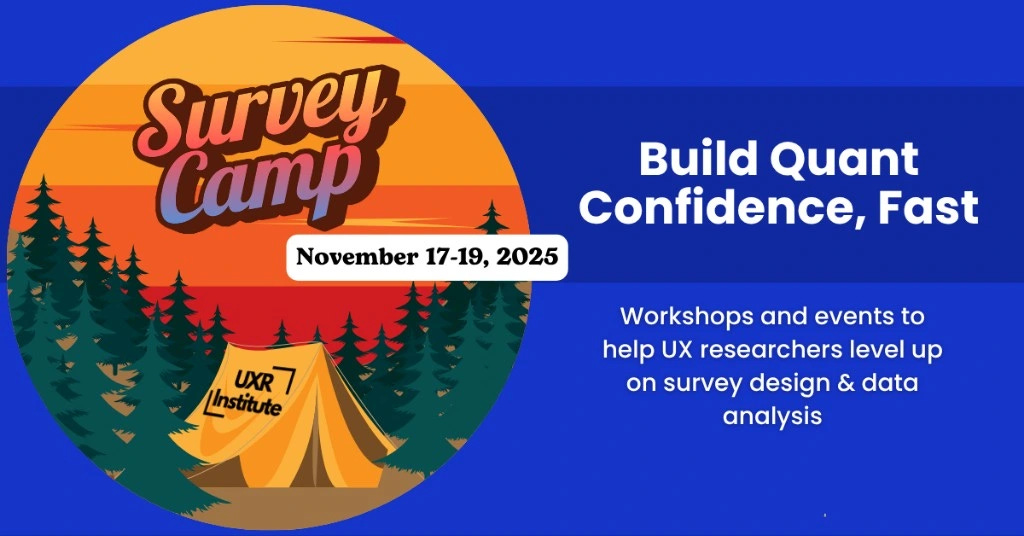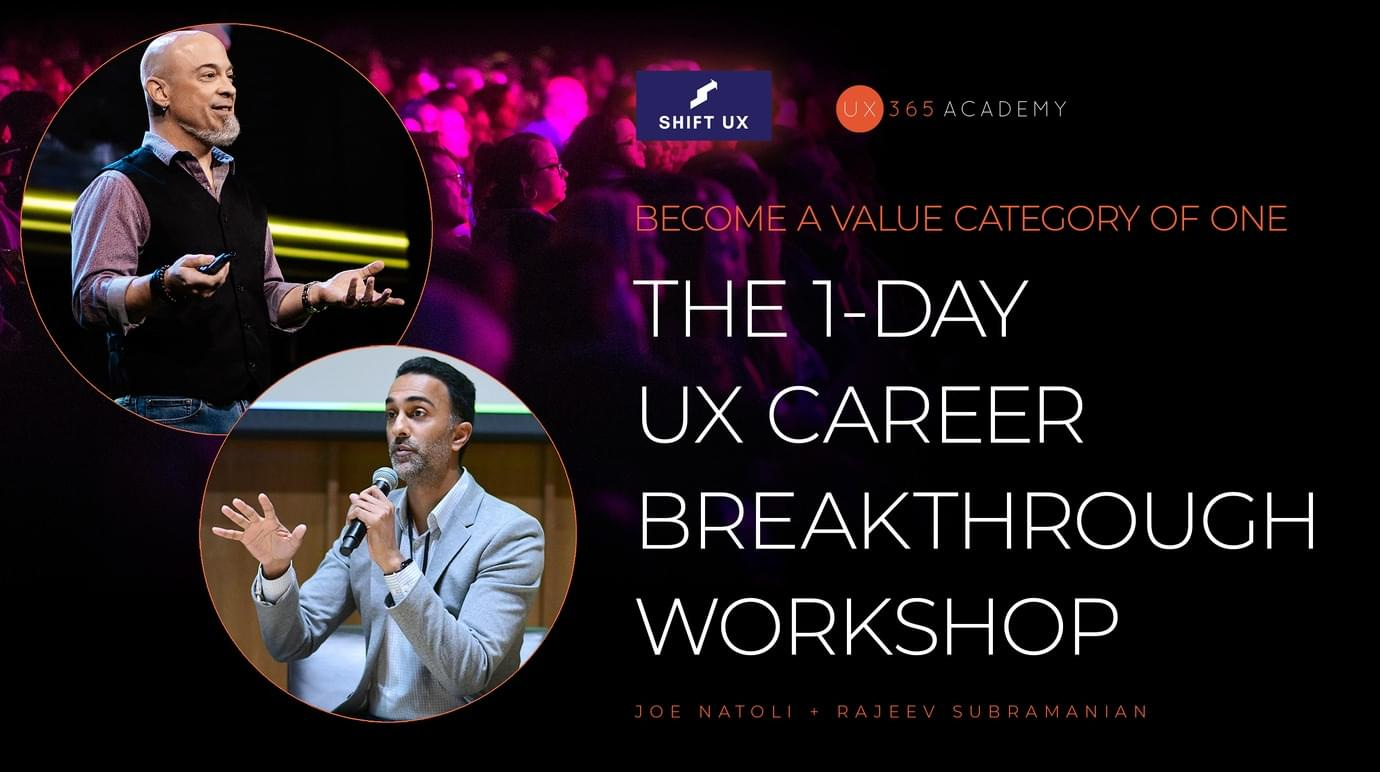The Most Common Mistake Mid-Level Designers Make
Focusing on output instead of effect
If you have ever felt like you are working hard but not moving forward, this might be why.
At the mid-level stage, your skills are strong. You can produce clean designs, run solid research, and collaborate well in cross-functional teams. You are no longer learning how to do the work. You are learning how to make the work matter.
And this is where many mid-levels get stuck.
They keep improving the output.
Better flows. Better layouts. Better presentations.
But the real growth comes from improving the effect.
What changed because of the work?
Where did the product become clearer, faster, or more valuable?
How did the user experience contribute to a business outcome?
If you cannot answer that, your work risks looking polished but invisible.
In This Issue
Why Output Feels Safer
What Effect Looks Like in Practice
A Simple Shift That Changes Everything
How to Talk About Your Impact
Resource Corner
Why Output Feels Safer
Output is comfortable because it is measurable.
You can point to screens. You can show prototypes. You can say the work is done.
Effect is different.
It requires patience, influence, and context.
It requires understanding how your design choices move numbers, behaviors, and decisions.
Effect is where strategy begins.
This is the moment your career starts shifting from skilled practitioner to trusted partner.
What Effect Looks Like in Practice
Effect sounds big, but it lives in small, clear outcomes:
A form redesign that shortens completion time by 20 percent.
A clearer onboarding step that increases account activation.
A navigation change that reduces support tickets.
A simplified workflow that lowers user error rates.
None of these require a new system or a full redesign.
They require clarity about what is not working and why.
This is the work that gets remembered.
This is the work that gets you invited earlier into decisions.
A Simple Shift That Changes Everything
When you begin a project, ask one question:
What is the intended change?
Not:
What does this screen need to look like?
What requirements are we meeting?
What features are being requested?
But:
What user behavior or business outcome needs to shift?
Once you know that, your design decisions become clearer, sharper, and more defensible.
Every layout choice and content choice now has a purpose.
You are not just designing. You are directing.
- A SMALL BREAK -Survey Camp — Level Up Your Quant Skills
If you’ve ever wanted to feel more confident running surveys or translating numbers into insights that matter, this is for you.
The UXR Institute is hosting Survey Camp on November 17 to 19. It is a series of live, online workshops designed to help UX professionals build practical quantitative research skills. You’ll learn how to write stronger survey questions, uncover patterns in data, and use structured analysis to support your recommendations.
A few things you’ll explore:
How to design survey questions that avoid bias
How to size your sample
How to analyze data in a way that tells a clear story
Exclusive for the UXU community:
Use code: UXU20 for 20% off all workshops.
Join the 1-Day UX Career Breakthrough Workshop
📍 Live in Alexandria, VA | Nov 22 | Limited to 30 seats
Tired of hitting “Apply” and hearing nothing back? It’s not you — it’s the strategy.
In one action-packed day, UX veterans Joe Natoli and Rajeev Subramanian will help you rebuild your career system from the ground up.
✅ Rewrite your LinkedIn profile for real traction
✅ Build a recruiter-magnet personal brand
✅ Practice outreach + interview skills that actually work
✅ Leave with a 90-day game plan to land the right UX role
🎯 30 spots. One day. A career that works.
back to where we stopped….How to Talk About Your Impact
Stop describing what you made.
Start describing what changed.
Instead of:
“I redesigned the settings page.”
Say:
“I reduced confusion in settings and cut related support tickets by 14 percent.”
Instead of:
“I improved onboarding UI.”
Say:
“I helped new users reach value 2 days earlier, which improves retention.”
This language gets you taken seriously.
It positions you as someone who improves the product, not just someone who produces artifacts.
Resource Corner
Final Thought
The shift from output to effect is often the hardest stage in a UX career.
It feels slower. It feels less visible. It takes time to learn how to show that your work is driving results.
But once you make that shift, everything changes.
Your voice carries more weight.
Your work creates clearer impact.
Your growth becomes undeniable.
If you are in that transition now, keep going.
You are building the skill that turns designers into leaders.





